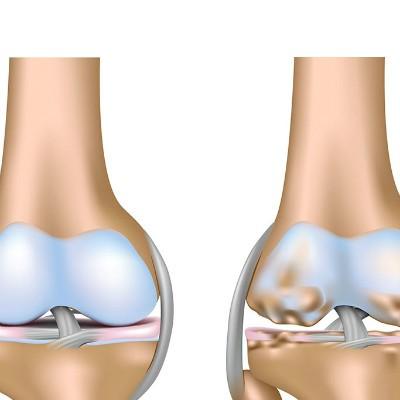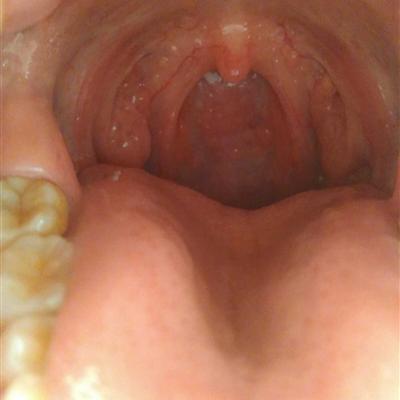How is Parkinson's disease diagnosed
summary
How is Parkinson's disease diagnosed? Most of them are in the middle-aged and the elderly. The clinical symptoms include myotonia, tremor and other extrapyramidal symptoms.
How is Parkinson's disease diagnosed
First, patients with Parkinson's disease need to do routine laboratory examination, the examination results of patients are generally in the normal range, individual can have hyperlipidemia, diabetes, abnormal ECG and other changes.

Second, the examination of Parkinson's disease includes brain CT and MRI examination, which generally has no characteristic findings. Elderly patients may have different degrees of brain atrophy and ventricular enlargement. Some patients have cerebral lacunar infarction, and some patients have basal ganglia calcification.

Third: pet or SPECT with specific radionuclide detection. If L-dopa studies the metabolism of dopamine, we can get the information about the density and affinity of dopamine receptor, and find that the dopamine metabolism function in the brain of Parkinson's patients is significantly reduced. Before clinical symptoms appear, we can find that the absorption index of striatum is less than normal.

matters needing attention
When the effect of drugs is not good, surgery can be considered to improve the quality of life.














